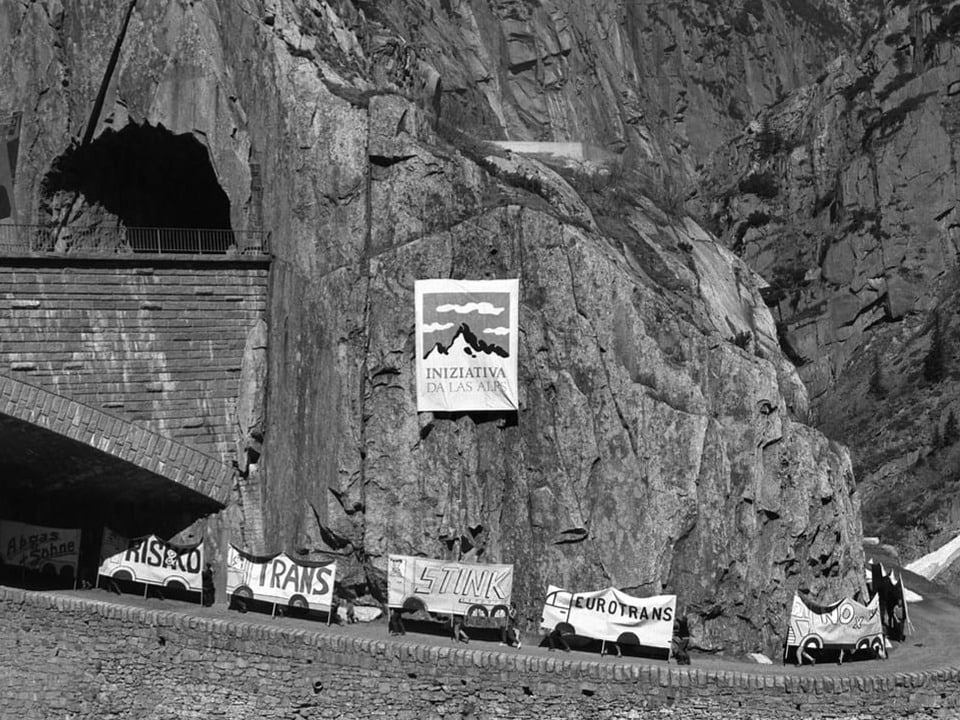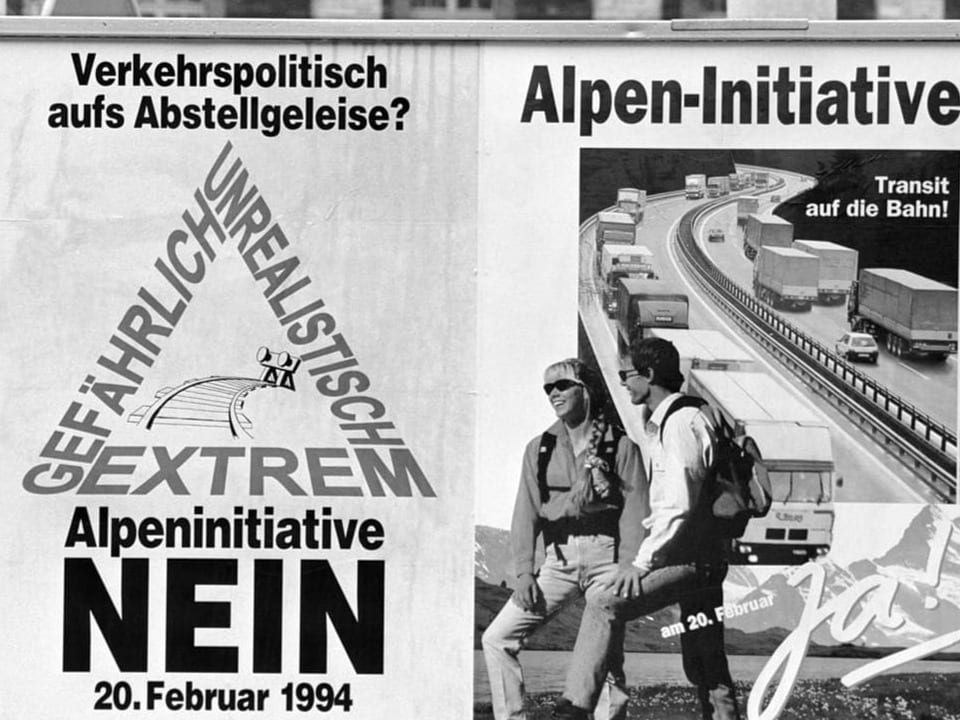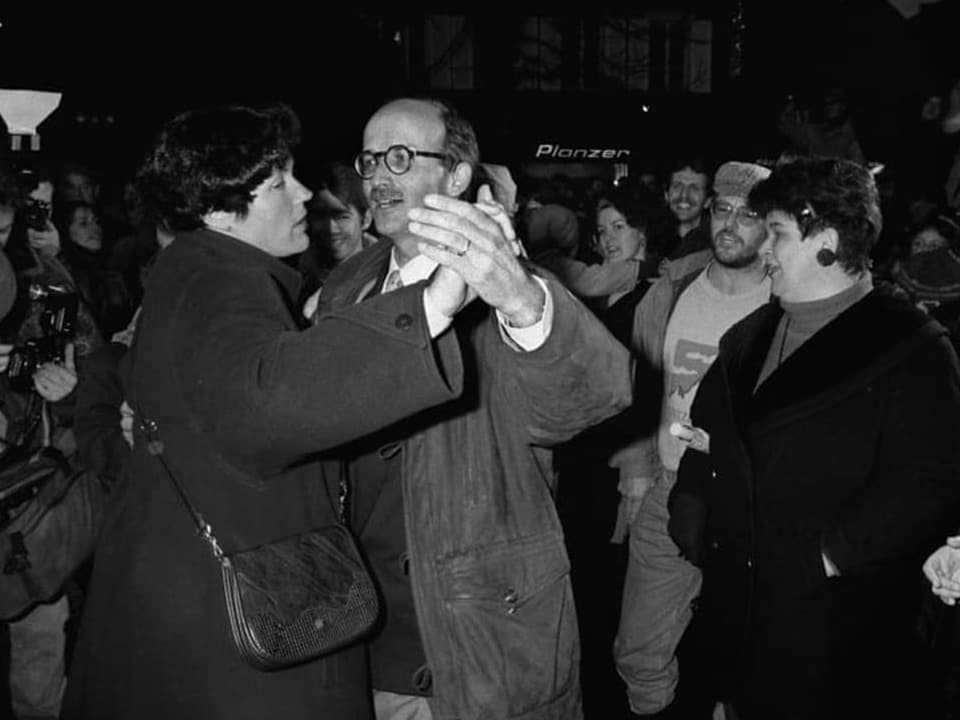Contents
In 1994, the Alpine Initiative was accepted by voters. But the relocation goal has not yet been achieved today.
The Alpine Initiative was surprisingly accepted 30 years ago. This called for heavy traffic crossing the Alps to be shifted to the railways. Instead of the planned 650,000 per year, there are still significantly more trucks thundering through the Swiss Alps. Django Betschart, managing director of the Alpine Initiative, still speaks of a success story.
SRF: You are celebrating 30 years of the Alpine Initiative. However, the relocation target is far from being achieved. Isn’t it more of a mourning ceremony than a celebration?
Django Betschart: It is like that. The goal has not been achieved. But: Compared to our neighboring countries, Switzerland is a success story with its modal shift. We have managed to ensure that up to 75 percent of transalpine freight transport takes place by rail and only 25 percent by road.
Switzerland could really be protected from an avalanche of traffic.
For example, at the Brenner Pass in Austria it is the other way around. There, 75 percent are by road and 25 percent by rail. Switzerland could really be protected from a traffic avalanche, by taking a wide variety of measures over 30 years.
Despite the NRW, an expanded railway infrastructure, almost 900,000 trucks still travel through the Swiss Alps. The goal would actually be 650,000 a year. What’s going wrong?
We get annoyed about this every year. It shows that infrastructure alone is not enough. You also have to turn various screws. One of the most important of these is money. We promote relocated trucks by giving money to the rail operator so that he can offer cheaper services. Switzerland is spending a lot of money on this. On the other hand, one would have to demand the price of truck journeys that they cause society – i.e. make the performance-related heavy vehicle tax as high as possible.
The people who live on the traffic axes have had enough of the traffic jams. The second tunnel tube on the Gotthard is being built and there are voices in the canton of Uri who say that all four lanes should be used in the future…
That would be an abolition of the Alpine protection article. If you want to do that, you need a referendum. If we open the four lanes on the Gotthard, there will be less traffic jams at certain times, that’s certainly the case. But it also attracts more traffic. This means that the entire traffic axis from Basel to Chiasso will then suffer from more traffic. That means more noise, more air pollution, more accidents.
We need other solutions: We have to try to break traffic peaks. Spread rushes on certain days over different days by providing incentives. Such systems already exist abroad. At the same time, we have to ensure that the avalanche of metal does not stay on the cantonal roads, but on the motorway.
Has the relocation goal been achieved on the 40th anniversary of the Alpine Initiative?
I am confident that we will have achieved our relocation goal in ten years. We had a downward trend for a long time – in small steps. Unfortunately, things have been going up again in the last two or three years, and that worries us. We have to feed ideas into the political process about how we can turn this around.
The interview was conducted by Mirjam Breu.




